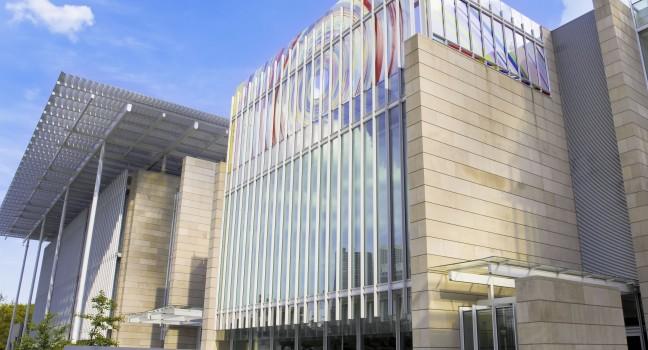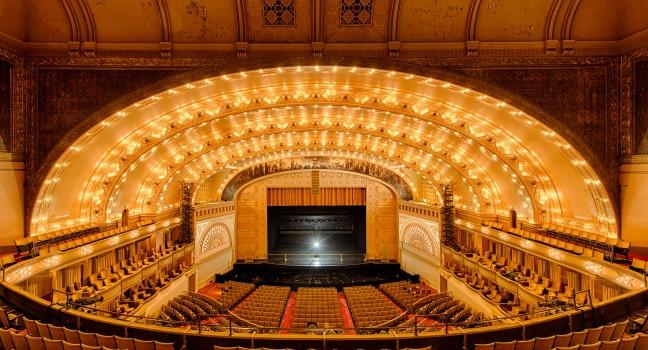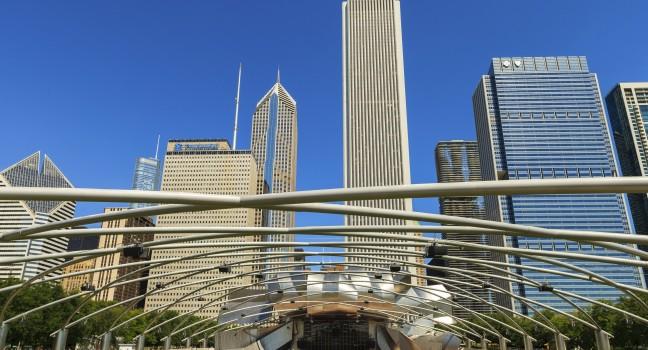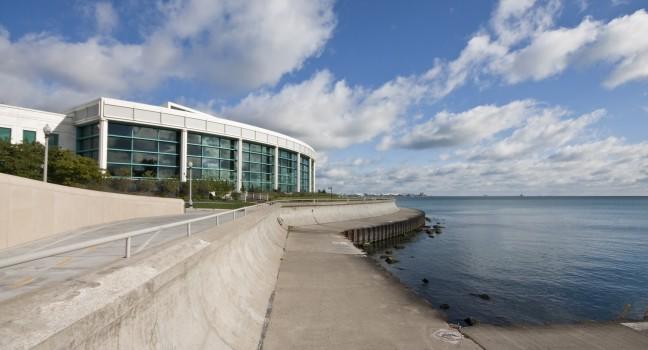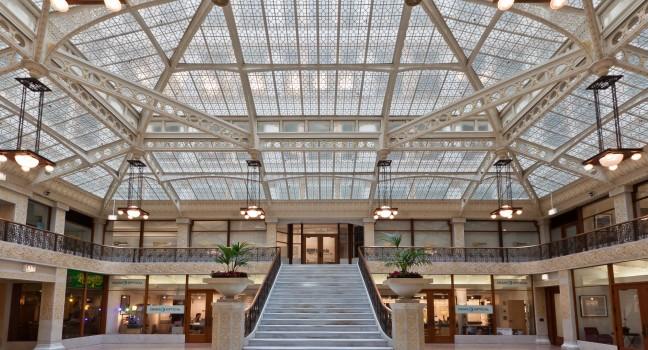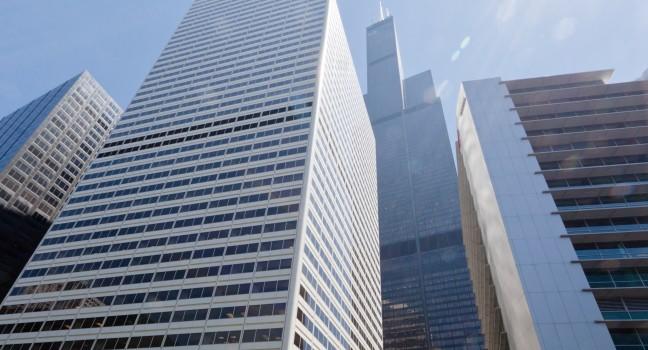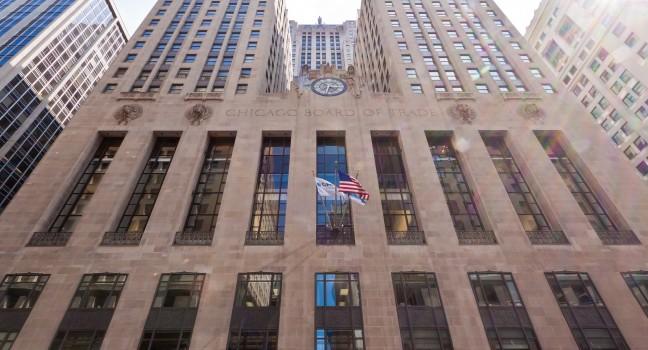Adler Planetarium and Astronomy Museum
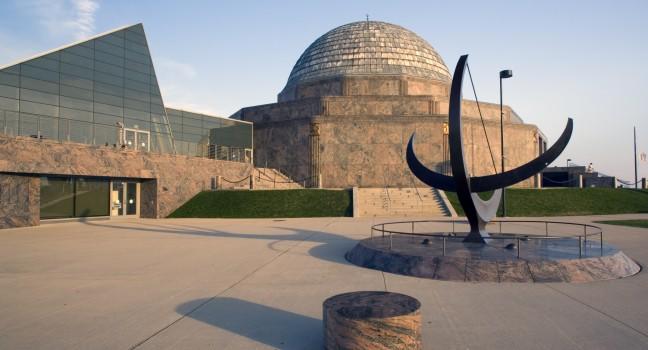
Taking you on a journey through the stars to unlock the mysteries of our galaxy and beyond, the Adler tells amazing stories of space exploration through high-tech exhibits and immersive theater experiences. Artifacts and interactive elements bring these fascinating tales of space and its pioneers down to earth. The Grainger Sky Theater gives an up-close view of stunning space phenomena, and the magnificent imagery is so realistic that it might only be surpassed by actual space travel. The newest permanent exhibit is "The Universe: A Walk Through Space and Time." A spectacular projection showcases the enormity of the universe, and touch screens let you investigate diverse and beautiful objects from deep space. Journey through space in the Definiti Space Theater, or don 3-D glasses to view celestial phenomena in the Samuel C. Johnson Family Star Theater.

